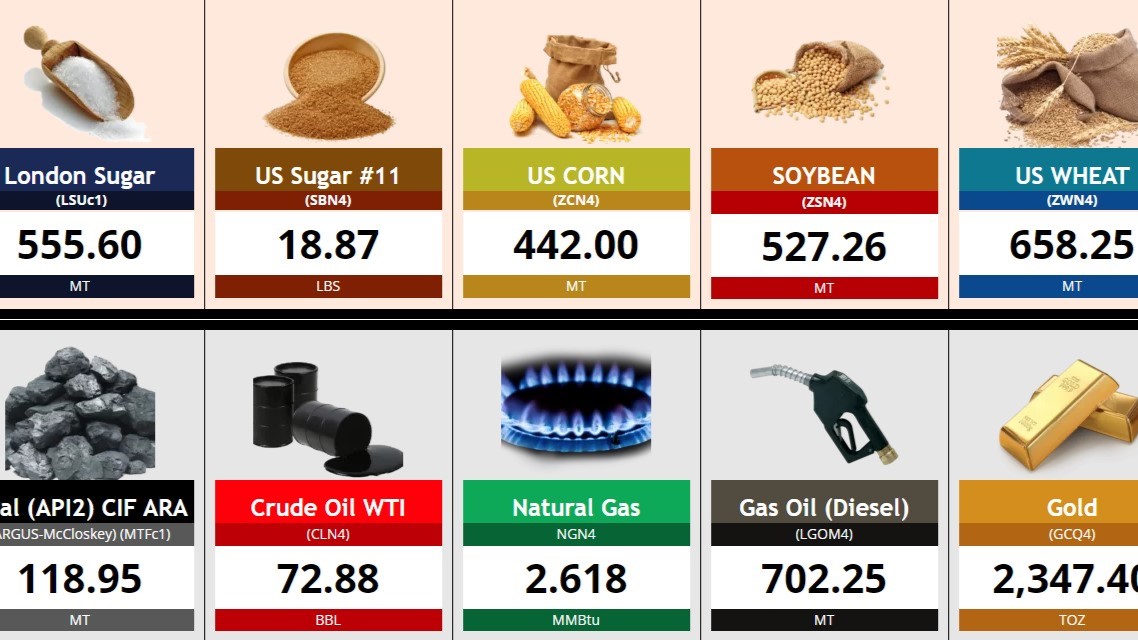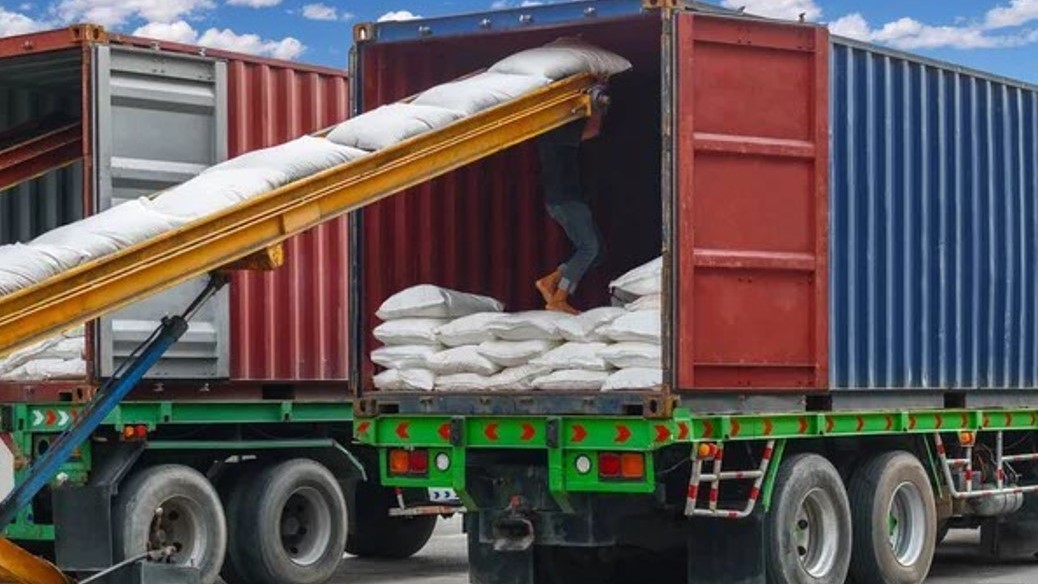Increase in wheat deliveries avoiding the Suez Canal, as indicated by the findings of the WTO Wheat Dashboard.
Over the past two weeks, a growing number of maritime vessels have been redirected to steer clear of the Suez Canal due to heightened security concerns. This shift has resulted in a significant decline of nearly 40% in year-on-year wheat shipments passing through the Canal, amounting to approximately 0.5 million metric tonnes, as reported by the WTO Wheat Dashboard.
🌍 Global Grain Trade Insights: Transformations in Wheat Shipments Unveiled
Diving into the intricate dynamics of global trade, an estimated 76 million metric tonnes of grains, oilseeds, and oilseed products embark on an annual journey from the European Union, the Russian Federation, and Ukraine to Asia and Eastern Africa. This sizeable volume represents a significant 17% slice of the global trade pie for these essential commodities.
🚀 Alternative Routes Taking the Lead: December 2023 Highlights
In the bustling month of December 2023, a notable shift in wheat shipments emerged. Approximately 8% of wheat deliveries from the EU, the Russian Federation, and Ukraine to selected Asian countries and Eastern Africa chose alternative routes over the traditional Suez Canal. This marked a considerable increase compared to the pre-December average of 3%. The trend escalated even further during the first half of January, with an estimated surge to 42% in the share of shipments opting for alternative routes.
🌾 Unprecedented Volumes via New Pathways
Wheat shipments from the EU, avoiding the Suez Canal, tallied an impressive 330,000 metric tonnes from December to mid-January, a stark rise compared to the 50,000 metric tonnes recorded during the same period last year. Similarly, around 190,000 metric tonnes of wheat from the Russian Federation found new routes during this period, a significant shift from zero diversions a year ago. Surprisingly, all shipments from Ukraine to the specified Asian and Eastern African countries continued to traverse the Suez Canal in December and January.
📉 Navigating Global Trends: A Brief Slowdown in Wheat Imports
Recent data indicates a modest slowdown in world seaborne wheat imports in recent months compared to the previous year. As of mid-January, the cumulative volume showed a marginal decrease year-on-year. This contrasts with a remarkable 17% year-on-year increase at the end of August 2023 and a 6% rise at the end of October.
🌐 Resilience Amid Challenges: Global Wheat Trade Holds Steady
Despite facing challenges such as the COVID-19 pandemic and Black Sea hostilities, the world wheat trade has showcased resilience. Notably, there have been no major disruptions observed in seaborne bulk shipments.
📊 Introducing the Wheat Insight Hub
As part of the ongoing efforts to address global concerns about food security, the WTO and the International Grain Council unveiled the Wheat Insight Hub in May 2023. This informative tool provides comprehensive bi-weekly updates on international seaborne trade in wheat, covering more than 80% of total traded volumes.
References:
World Trade Organization – https://www.wto.org/english/news_e/news24_e/agri_19jan24_e.htm
WTO Hub – https://globaltradedata.wto.org/real-time-data-based-on-non-wto-data-sources
International Grains Council – https://www.igc.int/en/default.aspx







Be the first to comment